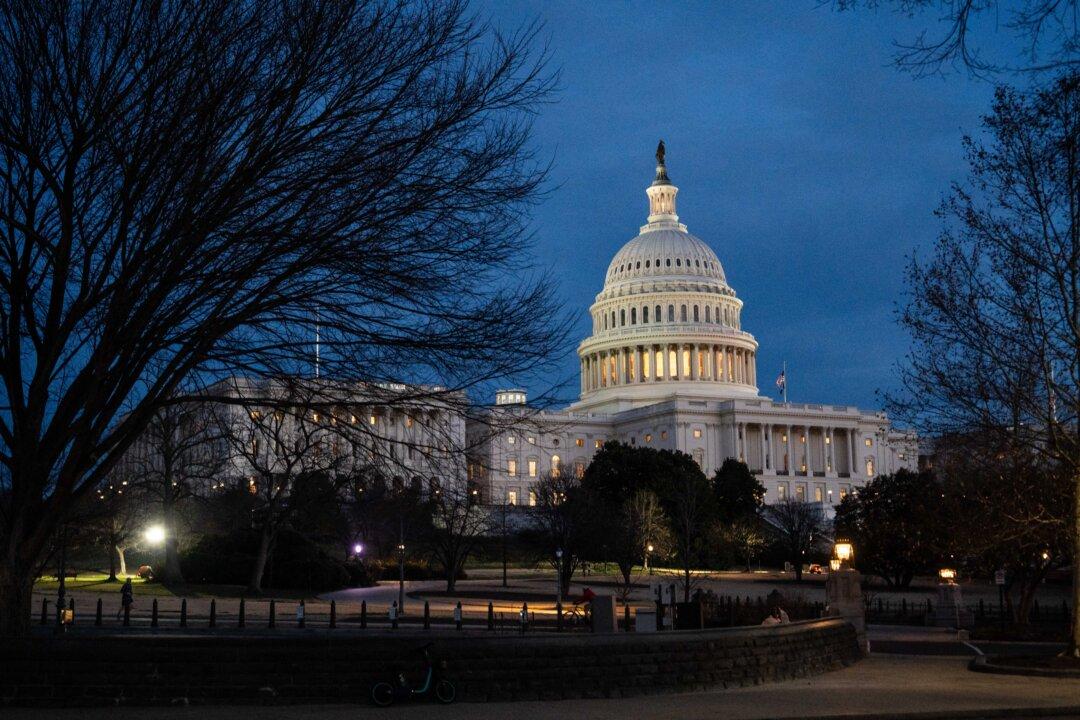Thursday, Nov. 17, 2011
THEN
On Nov. 17, 1558, Queen Elizabeth I, only 25, ascends the throne of England. Elizabeth inherits a bankrupt nation torn by discord between Protestants and Catholics. Weak at the time, England could not compete with powerful France and Spain. Elizabeth’s supporters thought marriage would strengthen her position and urge her to marry quickly. But Elizabeth would not have it. She rises to the challenge of governing the nation, focusing on domestic stability and surrounding herself with loyal and capable advisers. She takes a moderate approach to the divisive religious conflict and works to bring peace. In 1601 in her Golden Speech, she said:
“To be a king and wear a crown is a thing more glorious to them that see it, than it is pleasant to them that bear it. For myself, I was never so enticed with the glorious name of a king or royal authority of a queen, as delighted that God hath made me His instrument to maintain His truth and glory, and to defend this kingdom (as I said) from peril, dishonor, and tyranny and oppression.”
By the time of Elizabeth’s death in 1603 England had grown powerful and was also one of the most culturally rich countries in the world.
NOW
Late last month, leaders of the 16 Commonwealth “realms,” including the U.K., Canada, and Australia, agreed to change 300-year-old rules for royal succession. Under the old rules, Queen Elizabeth I ascended to the thrown only because she had no brothers, for the crown was given to the first-born son. Under the new rules, the first-born child, be it a boy or girl, will wear the crown. The Commonwealth also decided to do away with the rule that bans royals from marrying Roman Catholics.




